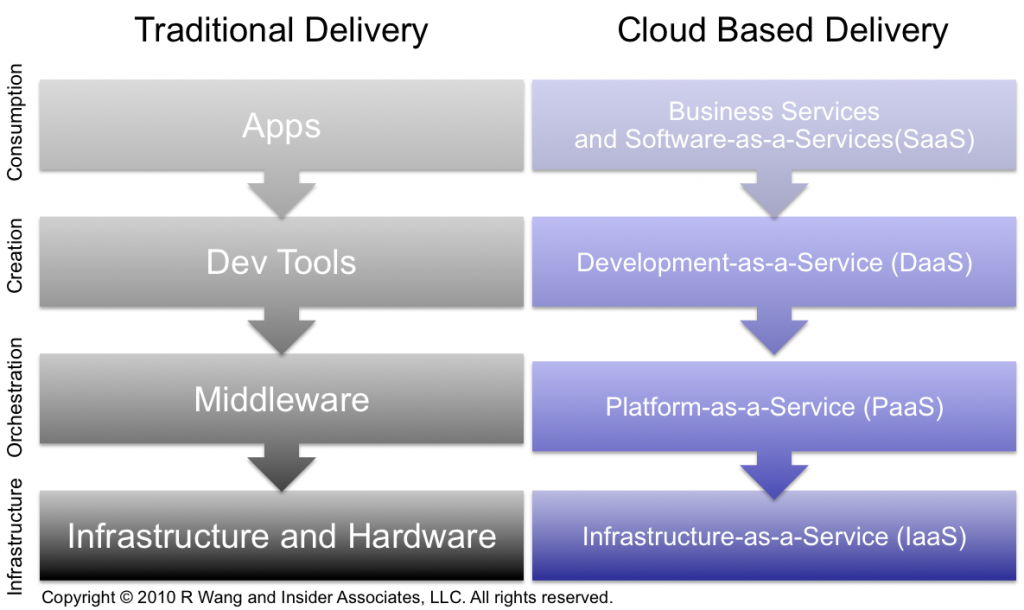Cloud Computing: Four Layers and the Required Skill Set
3 min read

In today’s world, cloud computing has become a Buzz word in the IT Industry. It continues to appear as a headline, as more and more companies are transitioning towards cloud-based applications. It is composed of several layers which can be accessed by users getting cloud-based services. As this technology is getting increasingly popular, everyday and the technology jobs most commonly require cloud computing experience; it is very important to understand what each layer is comprised of, the function they perform, how they work together and what are the technical skills required to make this whole environment functional. work together work together Cloud computing platforms are growing in popularity, but why? What unique advantages does a cloud computing architecture offer to companies in today’s economic climate? And what just what is cloud computing, anyway?” Let’s explore the cloud computing infrastructure and its impact on critically important areas to IT, like security, infrastructure investments, business application development, and more.Cloud computing platforms are growing in popularity, but why? What unique advantages does a cloud computing architecture offer to companies in today’s economic climate? And what just what is cloud computing, anyway?” Let’s explore the cloud computing infrastructure and its impact on critically important areas to IT, like security, infrastructure investments, business application development, and more.
This technology requires multiple skills for using applications on the cloud computing environment. These four rows have made it easier for the users to define the roles and responsibilities and the skills demanded by the users at each level. The following four key layers of a cloud computing environment will help understand the functionality and the technical skills required, in order to understand the system as well as perform tasks more efficiently.
1. The Virtualization Layer
Often referred as the infrastructure layer; the virtualization layer forms the basis of cloud environment. It comes in to existence as a result of installing operating systems at virtual machines. It allows users request for accessing information and organizes large number of virtual machines.
Regarding skill set required at this level, the relevant personnel needs to be well-equipped with virtualization management principles, including load balancing and space sharing, efficiently. Additionally, knowledge about virtualization platform, proper allocation, connecting storage and networking for system configuration are also demanded from IT person at this level.
2. The Networking Layer
This layer forms the basis of accessing and connecting multiple devices in the cloud environment. Strong understanding of network protocols such as TCP/IP and domain name server, including switching and routing is required at this level.
3. The OS Layer
The OS Layer ensures that cloud services have been set-up, organized and managed properly. This level demands the relevant personal to ensure that the system is properly deployed, managed with appropriate applications and maintaining optimal performance settings.
4. The Application Layer
The most important and utilized layer of cloud computing is the Application Layer. At this level, management of the software and databases, including installation, updating and removal is performed. The IT personnel responsible for managing this layer must be well-aware of JavaScript, XML and Perl languages, as well as back-end infrastructure applications like Apache, Tomcat and SQL.
With cloud computing, you remove all the pain of managing a system which becomes the responsibility of the cloud service provider. The user only pays for what is needed, upgrades become automatic and managing everything physically becomes a past. However, the relevant professionals must demonstrate the required level of skills in order to make this application a utility.





